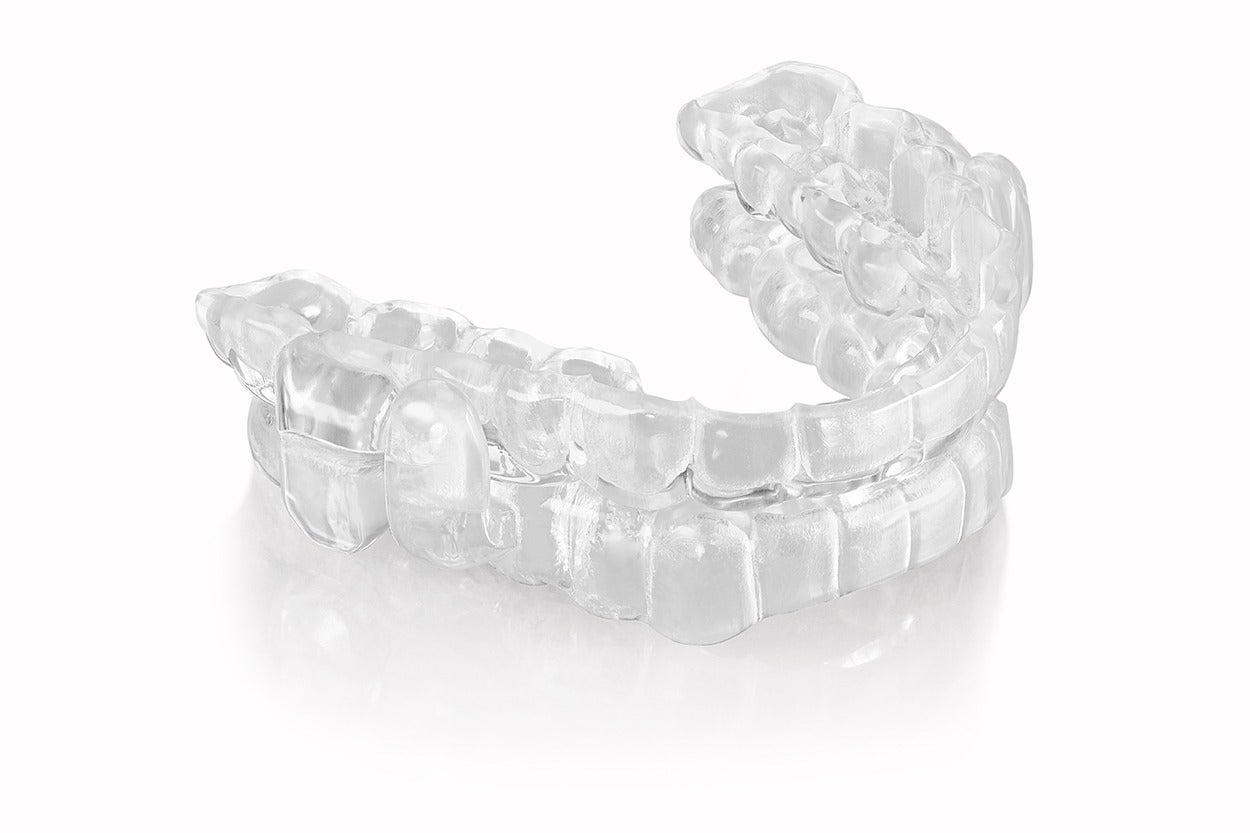
ProSomnus Sleep Technologies, the leader in patient-preferred medical devices for the treatment of Obstructive Sleep Apnea (OSA), today announced the results of four studies evaluating its oral appliance therapy (OAT) devices as an alternative to continuous positive airway pressure (CPAP) therapy in treating OSA. ProSomnus will share the data in four poster presentations at the World Sleep Congress 2022, being held from March 11-16, 2022, in Rome, Italy.
Emerging data continue to show the potential of OAT in treating OSA, the recurring collapse of the airway during sleep which results in oxygen shortages and abrupt awakenings accompanied by gasping or choking. In addition to daytime sleepiness, OSA is associated with comorbidities such as heart failure, stroke, hypertension, morbid obesity and type 2 diabetes. Patients with untreated OSA are 23 times more likely to suffer a heart attack and four times more likely to have a stroke. It is estimated that over one billion people worldwide and over 74 million people in North America suffer from OSA, with approximately 56 million of those 74 million people in North America undiagnosed.
The ProSomnus EVO Sleep and Snore Device – shaped like a mouthguard for a patient’s upper and lower jaw – is an alternative to legacy OSA treatments and can result in better efficacy and better patient compliance with fewer side effects. It enables easier breathing by holding the jaw gently forward and opening the airway in the back of the throat, making it less likely for the air passing through a partially closed airway to cause snoring or more severe sleep interruptions.
Key data from ProSomnus to be presented at the World Sleep Congress in support of its novel devices include:
- Data from a cohort of 55 patients treated at four centers for dental sleep medicine showing significantly improved results to previous data reported when evaluating the effectiveness of the ProSomnus EVO, its novel precision milled iterative advancement device and material combination. The data look at 55 patients – 15 of whom had mild OSA, 23 moderate and 17 severe – with an average pretreatment apnea hypopnea index (AHI) of 26.4. After being treated with the ProSomnus EVO, the patients demonstrated an average AHI reduction of 75 percent, from 26.4 to 6.6. Additionally, 62 percent of all patients exhibited an AHI below five, while 85 percent of all patients demonstrated an AHI below 10 and 65 percent of patients with severe OSA attained an AHI below 15.
- An analysis suggests that digital archives and the ability to remake a re-alignment device – called a Morning Occlusal Guide (MOG) – in the same morning maximum intercuspal position (MIP) can be important in recapturing bite changes in OAT. The poster highlights one patient demonstrating a unilateral posterior open bite, often seen as a common and unavoidable side effect of OAT. 10 days after the patient was presented with a MOG ordered from ProSomnus’s digital case archives, posterior occlusion was reestablished. ProSomnus is the only manufacturer that has demonstrated the ability to make a MOG from the digital records of a patient and to recapture the patient’s original bite relationship using digital records.
- Results of a study of 115 consecutively-treated patients with complete pre- and post-sleep tests suggest that precision Oral Appliance Therapy should be considered as the primary form of therapy for all levels of severity of OSA depending on the preference of the patient. These patients, who had varying severity of OSA, all exhibited significantly lower AHI after they were fitted and treated with the ProSomnus EVO. Post-treatment residual AHI was 6.1 +/- 6.4 with an AHI reduction of 69.2 percent +/- 21.2 percent, while 56 percent of patients reached an AHI of less than five. According to the researchers’ success metric of an AHI reduction of more than 50 percent and an overall AHI of less than 10, 74.8 percent of patients were successfully treated. The 29 patients with severe OSA pre-treatment, who exhibited an average AHI of 51.5, were treated to a final average AHI of 9.9.
- Results from a study indicate that OAT could be a suitable alternative to CPAP for severe OSA and that oxygen-based parameters might provide valuable insight into therapeutic success. Of 109 patients who received oral appliances generated by ProSomnus digital intraoral scans, 29 had mild OSA while 39 had moderate and 41 had severe. Following a two-night home OSA test, 18 mild (62.1 percent), 31 moderate (79.5 percent), and 30 severe (73.2 percent) OSA patients achieved a respiratory event index (REI) reduction of 50 percent or more. 27 (87.2 percent) moderate and 20 (68.3 percent) severe OSA patients achieved an outcome REI of less than 15. Combined, the promising results warrant more study into the effect of OAT on disease burden.
“One of the biggest barriers to successful OSA treatment is the discomfort of legacy OAT devices, but at ProSomnus we have a patient-preferred and less invasive alternative,” said Len Liptak, Co-Founder and Chief Executive Officer of ProSomnus Sleep Technologies. “This is an exciting set of data that underscores the potential of OAT as an alternative to CPAP. These studies further validate ProSomnus’s OATs and the World Sleep Congress is a great stage on which to demonstrate the efficacy of our innovative devices.”
“Understanding the efficacy of ProSomnus’s OATs in treating OSA requires plenty of research and collaboration with leading sleep doctors and institutions,” said John E. Remmers, MD, Chief Scientist of ProSomnus Sleep Technologies. “The data we are presenting at the World Sleep Congress are the product of countless hours of observation and innovation, and we believe it has become clearer that these OATs can make successful OSA treatment a reality for millions of patients worldwide.”
Source: Company Press Release



